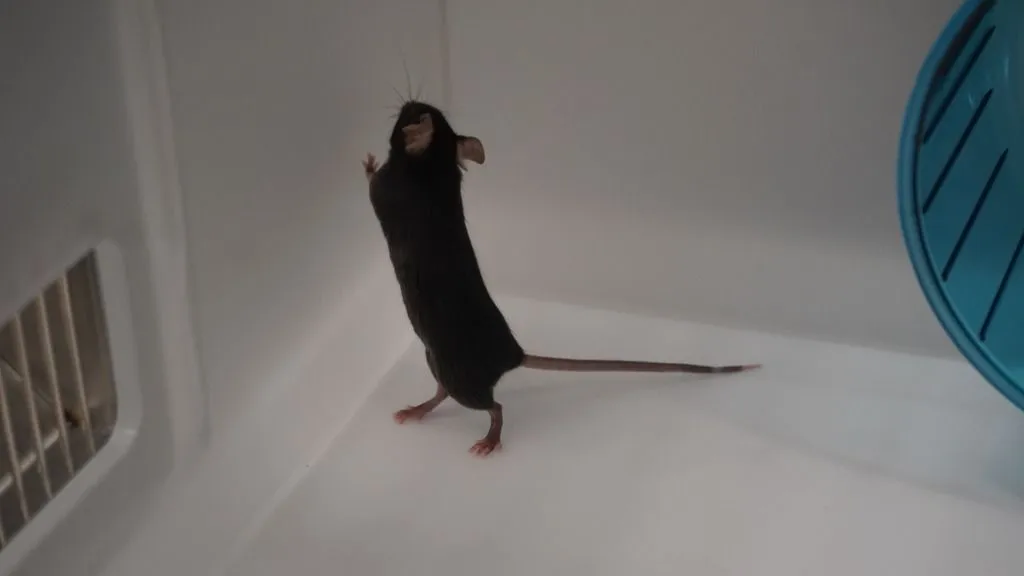Replacing rodents with insects in behavioral testing
In this blog we delve into the use of flies as a new perspective for behavioral testing. How do they compare to rodents? And can conventional rodent tests be adapted to insects?
Posted by
Published on
Tue 24 Oct. 2023
Topics
| Anxiety | Depression | Drosophila | Fruit Fly | Stress |
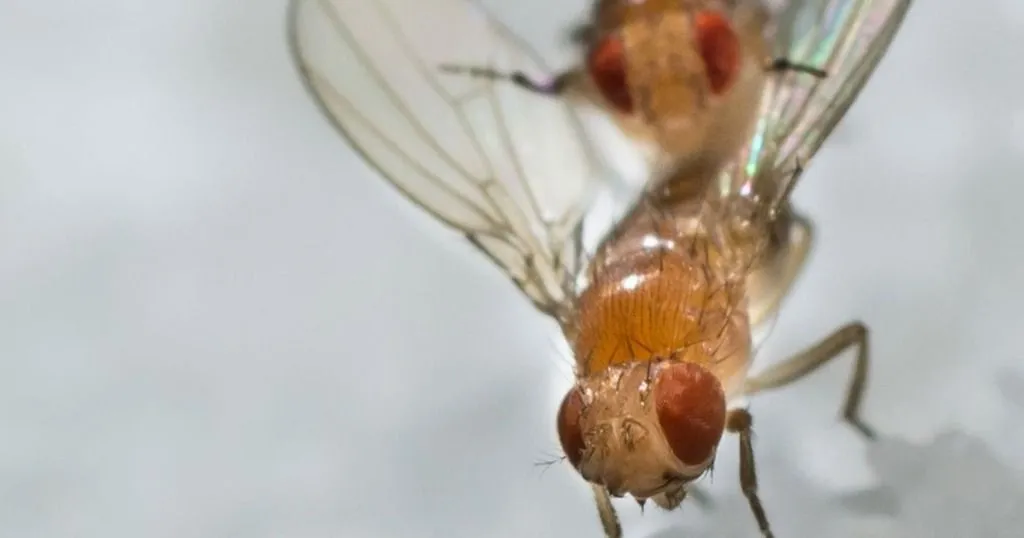
A lot of work is being done on reducing the number of animals used in scientific experiments. In some cases, it is possible to completely replace the use of animals by cell culture or computer models, for instance in some toxicology research. In other cases, more data can be obtained from fewer animals by having more sophisticated experiments and automating the measurements (for example, with Noldus' PhenoTyper and EthoVision XT).
However, for some research, such as diseases of the brain and behavior, there is currently no alternative, and it is hard to image that there will be one in the coming years. The brain is an immensely complex organ with not only more electrical connections than we can imagine (something like 1-200 billion neurons with 150 trillion synapses), but also has refined interactions using hormones and neurotransmitters. Behavior is generated when that complex organ interacts with an equally complex body. In this blog we will discuss the replacement of often used rodents and fish with more easily housed flies.
Alternatives to rodent models
Another approach is to switch away from using mammals like rats and mice to animals which probably experience less pain, such as the larvae of zebrafish or insects. Which can also have advantages when they are used as models of human diseases. Rodents are nocturnal, and their brain is organized around processing sensory data from smell, whereas both fish and insects are, like us, visually centered animals. Key aspects of their brains, like neurotransmitter systems, are very similar, due to their shared evolutionary origins.
Insects as a model
Behavioral tests modeling human diseases have been carried out for decades with mice and rats. Using insects for that purpose is a relatively new approach. Wendi Neckameye and Andres Nieto investigated using fruit flies (Drosophila) in four behavioral tests commonly used in rodents, which they adapted for use with flies [2]. Drosophila is commonly used as a model animal, and its genetics and behaviors are very well understood.
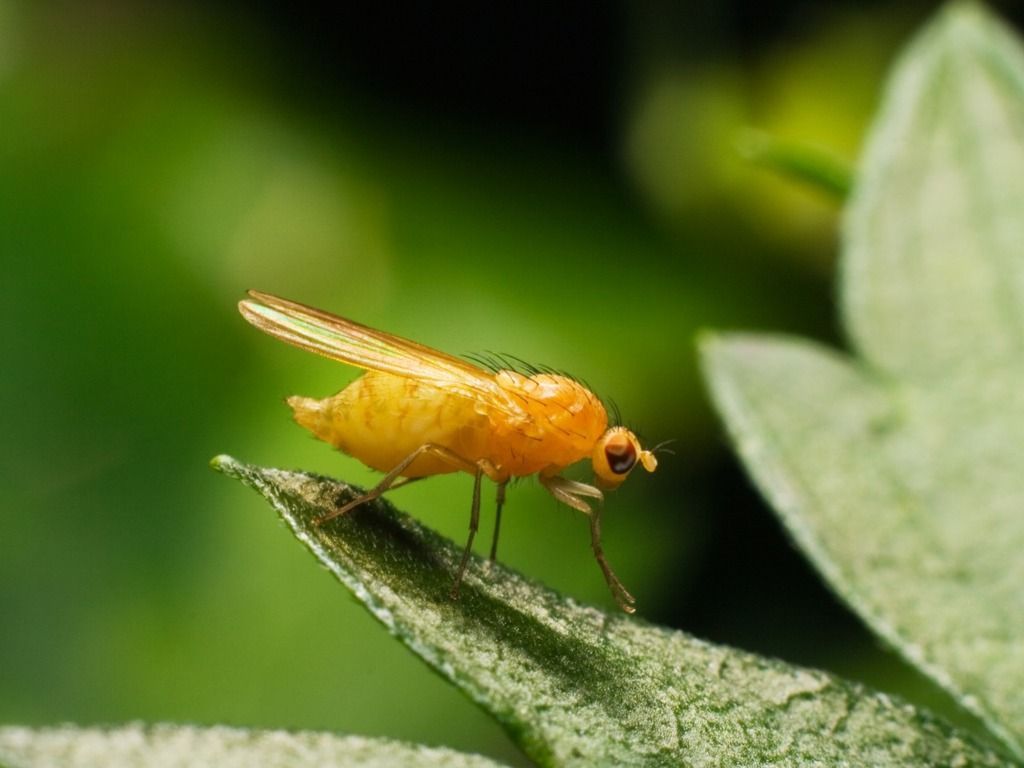
Open field test
The open field test is probably the most commonly used test for rodents. A mouse or rat is placed in a walled open area. If they are stressed, then they will normally stay by the walls. How much they explore by moving around is also informative. For the insects, they were simply placed in a petri dish (presumably with the lid on) and their activity was measured and segmented to stopping, walking and hopping, based on EthoVision's measurements of their velocity.
Light-Dark box preference test
The light-dark box in rodents relies on the fact that mice and rats prefer darkness to light, and will therefore only come out into a light area when they are not anxious or stressed. Flies prefer light to darkness, so the opposite results might be expected. The flies were placed in 5 x 2 x 1.5 cm box, of which half had been painted black. Then the time spent by the flies in a certain zone and amount of crossing were recorded.
Alcohol exposure test
Exposure to stress can affect an animal's sensitivity to alcohol, for instance, in the time that it takes for the animal to be sedated. That is true for both rodents and flies. In this test the amount of time until sedation by alcohol exposure was correlated with a stress and control group.
Forced Swim Test
The Forced Swim Test (or Porsolt test) in rodents is used as an assay for depressive-like behaviors. Rats or mice are placed in a cylinder with tall vertical walls and which is half filled with water. At first, they struggle to escape, but then they give up struggling and float in the water. The idea is that when a 'healthy' rat is placed in the cylinder for a second time, they will struggle to get out again, whereas a 'depressed' rat will exhibit learned helplessness and give up faster.
For the flies, they were placed in a small container which contained water with a weak detergent solution (to prevent them from walking on the water surface). The time until they first stopped trying to escape (latency to immobility) and number of immobility periods (bouts) was measured. The use of the Forced Swim Test is often a topic of contention in rodent research, and being able to potentially replace rodents with flies for this test could be a possible solution to this ethical dilemma.
Diverse results
Remarkably, they found different results to the tests dependent on the flies' gender, age (adults or immature) and what type of stress they had been exposed to. For instance, in the forced swim test, the mature flies struggled to escape for longer than immature flies and males had fewer periods of immobility than females as well as a reduced time until the first period of immobility. Sometimes the effects were opposite, e.g. female flies treated with paraquat (a toxin) moved less than controls, but male flies with that treatment moved more. That means that that the interpretation of the results is far from straightforward.
Psilocybin influence on depression
Meghan Hibicke and Charles Nichols recently validated the forced swim test for flies [3]. They did this using psilocybin. Psilocybin is a chemical which is extracted from fungi including the 'magic mushroom' or liberty cap, Psilocybe semilanceate. It is a hallucinogen and has been used recreationally for millennia, but more recently it has been discovered to have anti-depressant properties and is prescribed clinically in some countries, e.g. Australia.

They gave flies control (zero), low and high doses of psilocybin. When they just looked at activity (locomotion), they saw that males were less active than females, but that psilocybin decreases activity in males and increases activity in females. In the forced swim test, the psilocybin reduced the time to the first immobility and reduced the bouts of immobility (in both males and females). They got the same results for an anti-depressant called citalopram. They also saw that the results differed according to the genotype of the flies and how the drug was administered (pulsed or continuous).
Conflicting results in flies
The complexity of the results obtained means that it is difficult to interpret them for a new test. If the outcome depends on sex, age and other factors, to what extent does it also depend on the mental state of the animal? The test also seems to follow a different protocol — the authors don't report using two phases, as is normal with rats. In addition, rats are good swimmers and can easily float, unlike flies, so the biological meaning of immobility might be quite different. In a sense, the difficulties of translating a test from rats to flies mirrors the difficulties of translating a test from rodents to people.
Interpreting animal models
Bale and colleagues [1] point out that the reason for carrying out studies in animals of human mental diseases is not because it is possible to make an exact model of the human disease in an animal. That is in any case impossible because diseases like depression are very variable, so no one model can capture all the mechanisms. Furthermore, depression is only about 35% heritable, with many hundreds of genes causing that risk, each one only having a small impact, making it impossible to capture in an animal model.
The largest risk factor for depression is experience of stress or trauma over the patient's entire lifespan (and even before) and that is also very variable and cannot simply be mapped to an artificial stress imposed on an experimental animal. They wrote, "the idea is not to pretend that we are fully modelling the human illness or even specific dimensions of the illness. Rather, the goal is to achieve a better understanding of an essential biological function that is key to the illness, and to ensure that our level of understanding is actionable for translation". Sometimes that can be done just as well in insects as in rodents.
References
1. Tracy L. Bale, Ted Abel, Huda Akil, William A. Carlezon Jr., Bita Moghaddam, Eric J. Nestler , Kerry J. Ressler and Scott M. Thompson. The critical importance of basic animal research for neuropsychiatric disorders. Neuropsychopharmacology (2019) 44:1349–1353; https://doi.org/10.1038/s41386-019-0405-9
2. Wendi S. Neckameyer* and Andres Nieto (2015). Response to stress in Drosophila is mediated by gender, age and stress paradigm. Stress. 2015 ; 18(2): 254–266. doi:10.3109/10253890.2015.1017465.
3. M. Hibicke & C. D. Nichols (2022). Validation of the forced swim test in Drosophila, and its use to demonstrate psilocybin has long lasting antidepressant like effects in flies. Nature Scientific Reports 12:10019. https://doi.org/10.1038/s41598-022-14165-2
Related Posts
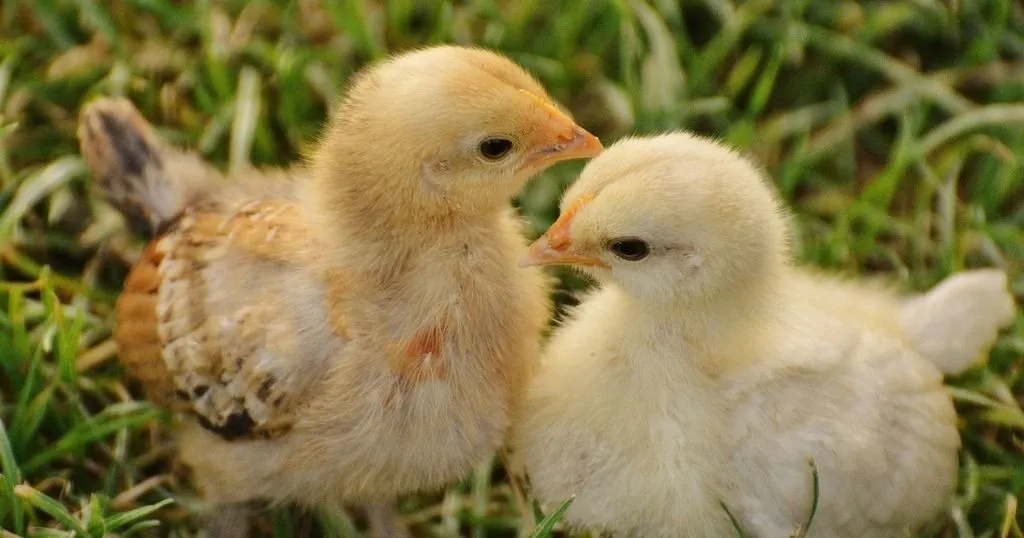
Fearful chicken: Fear affects stress, behavior patterns, and other individuals
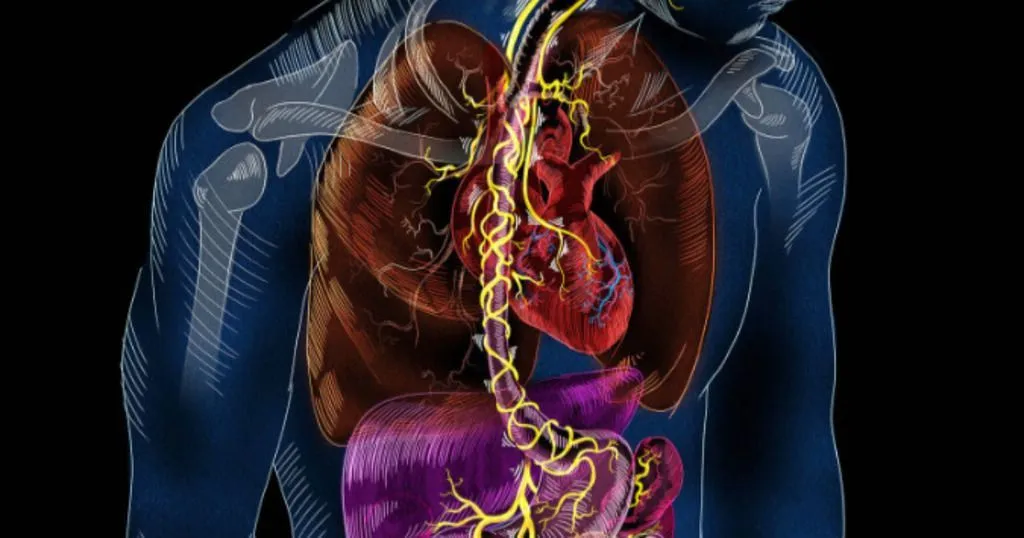
Our gut microbiota influences how we feel
